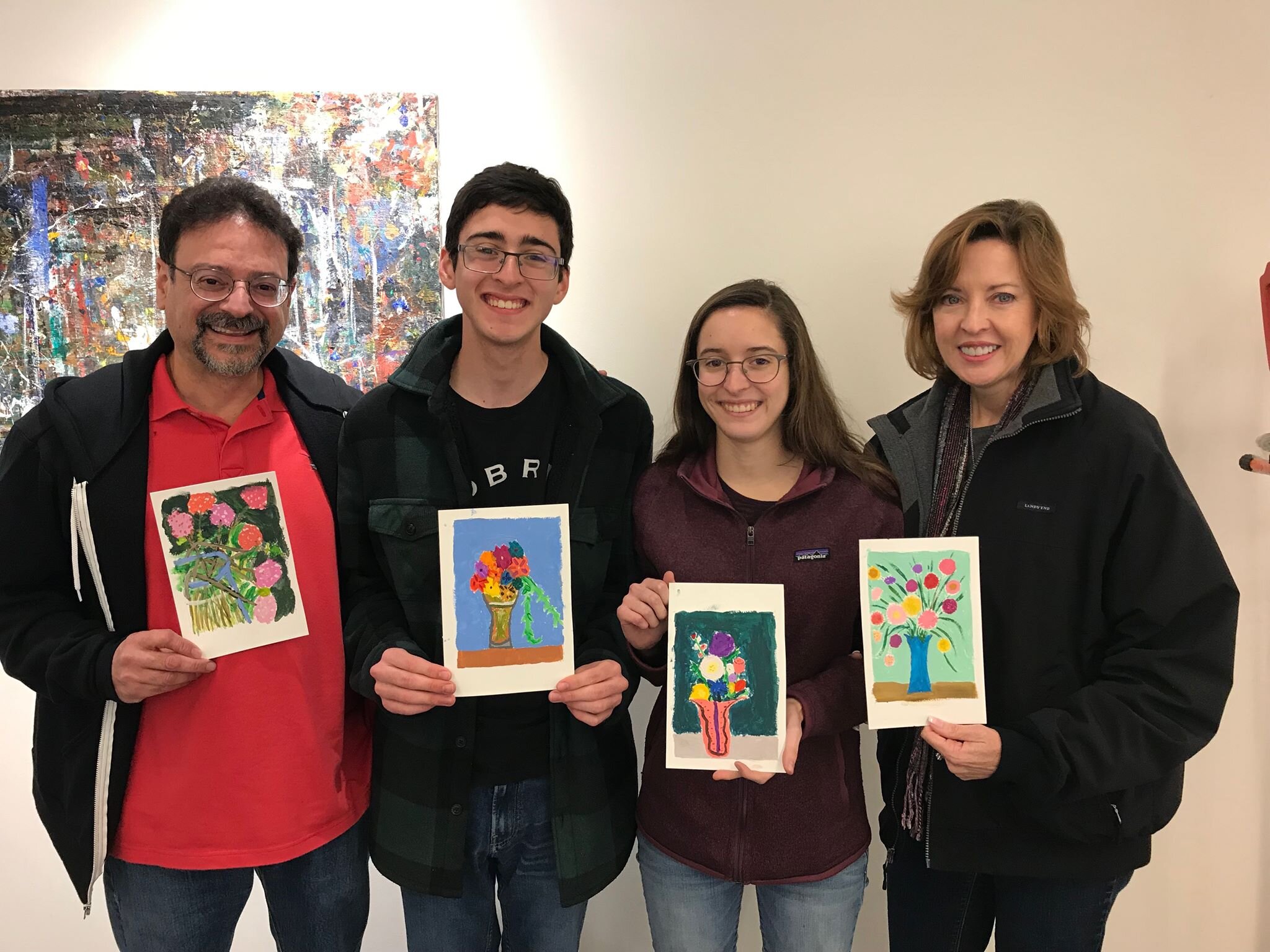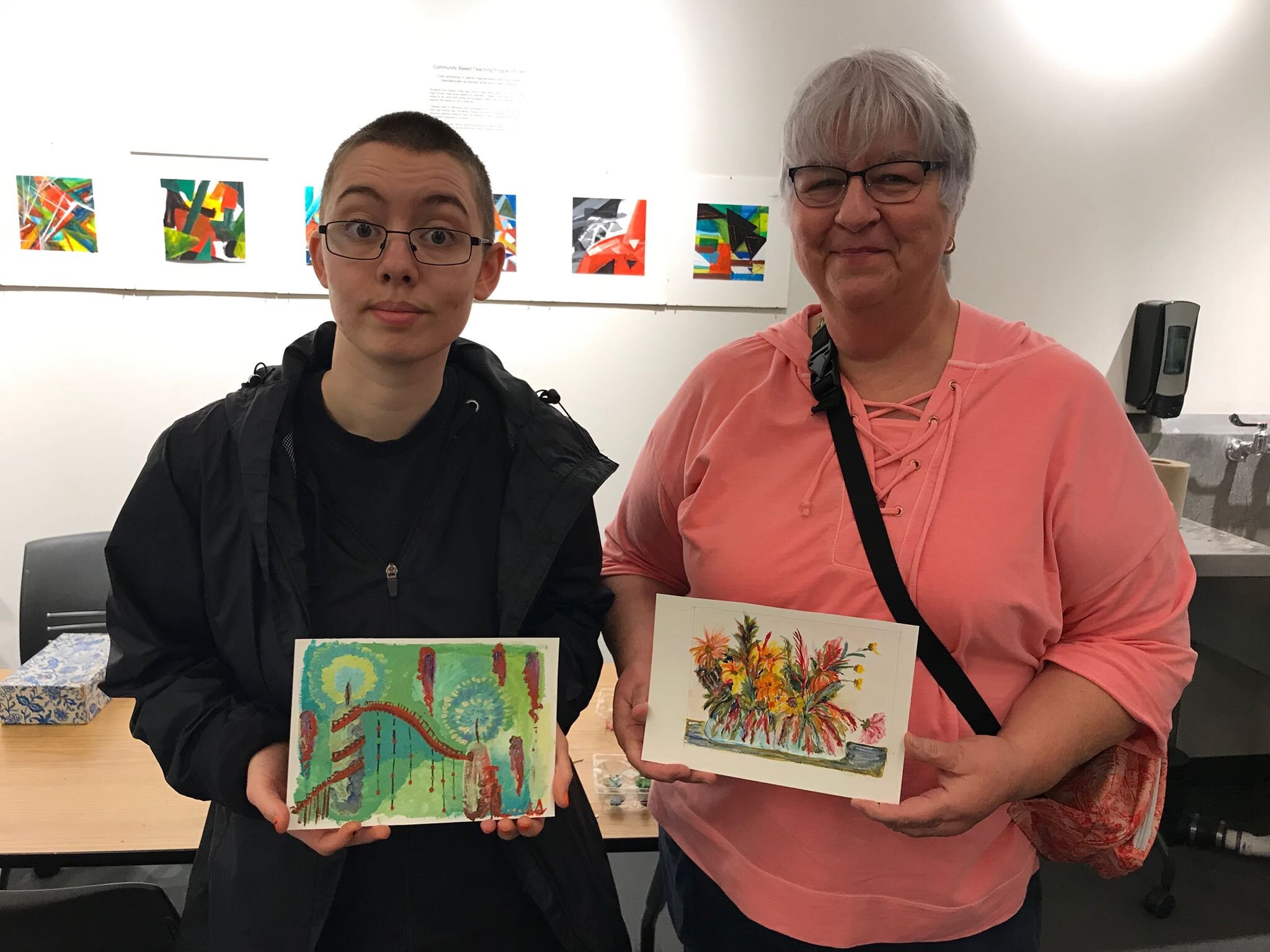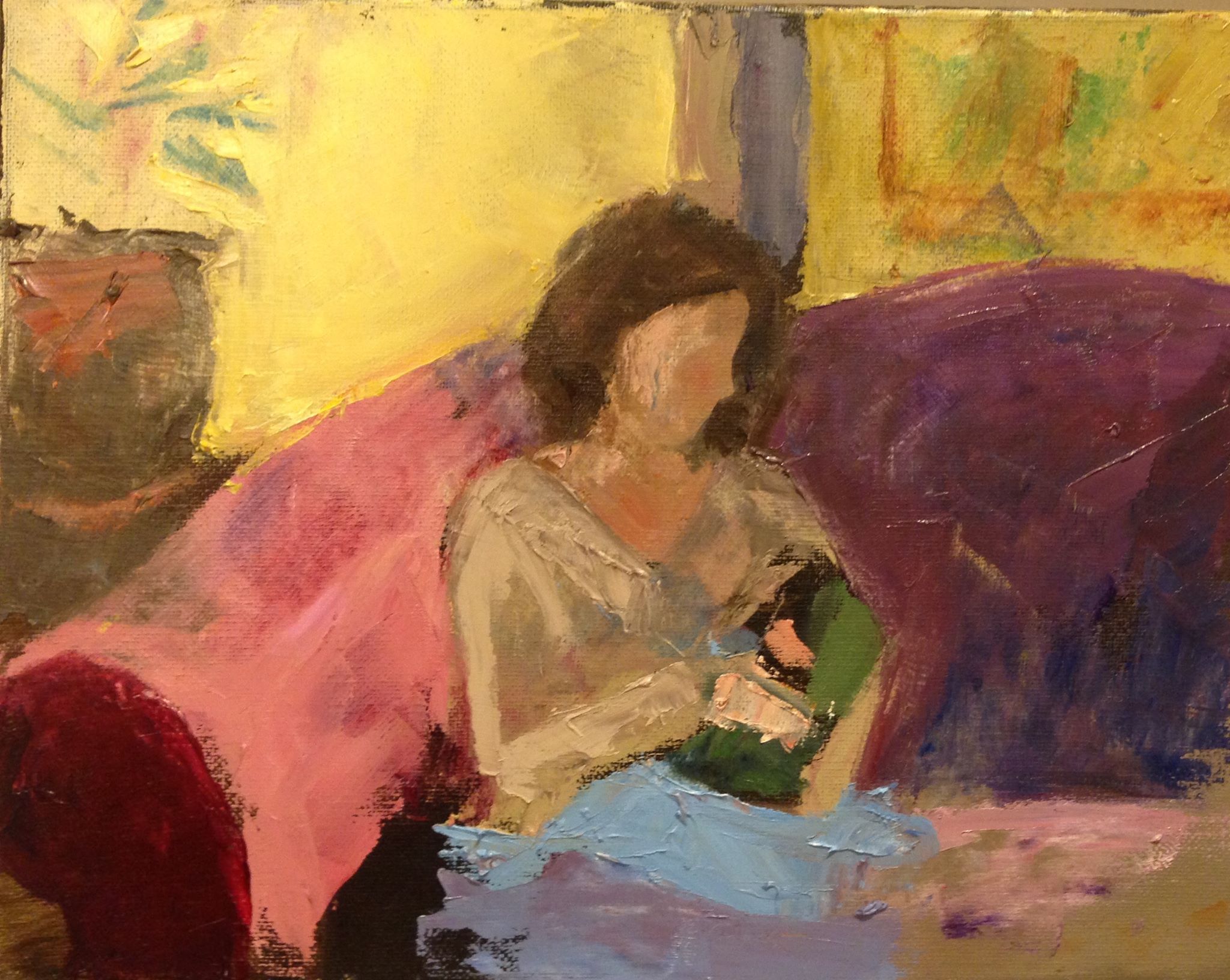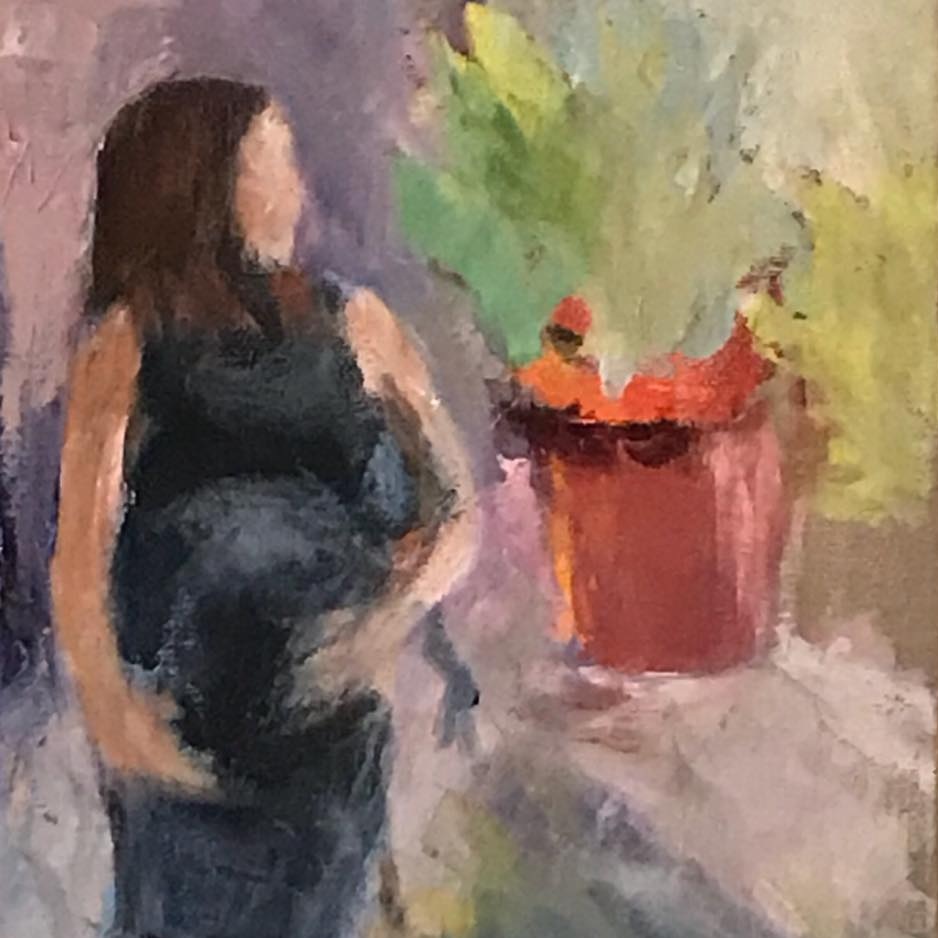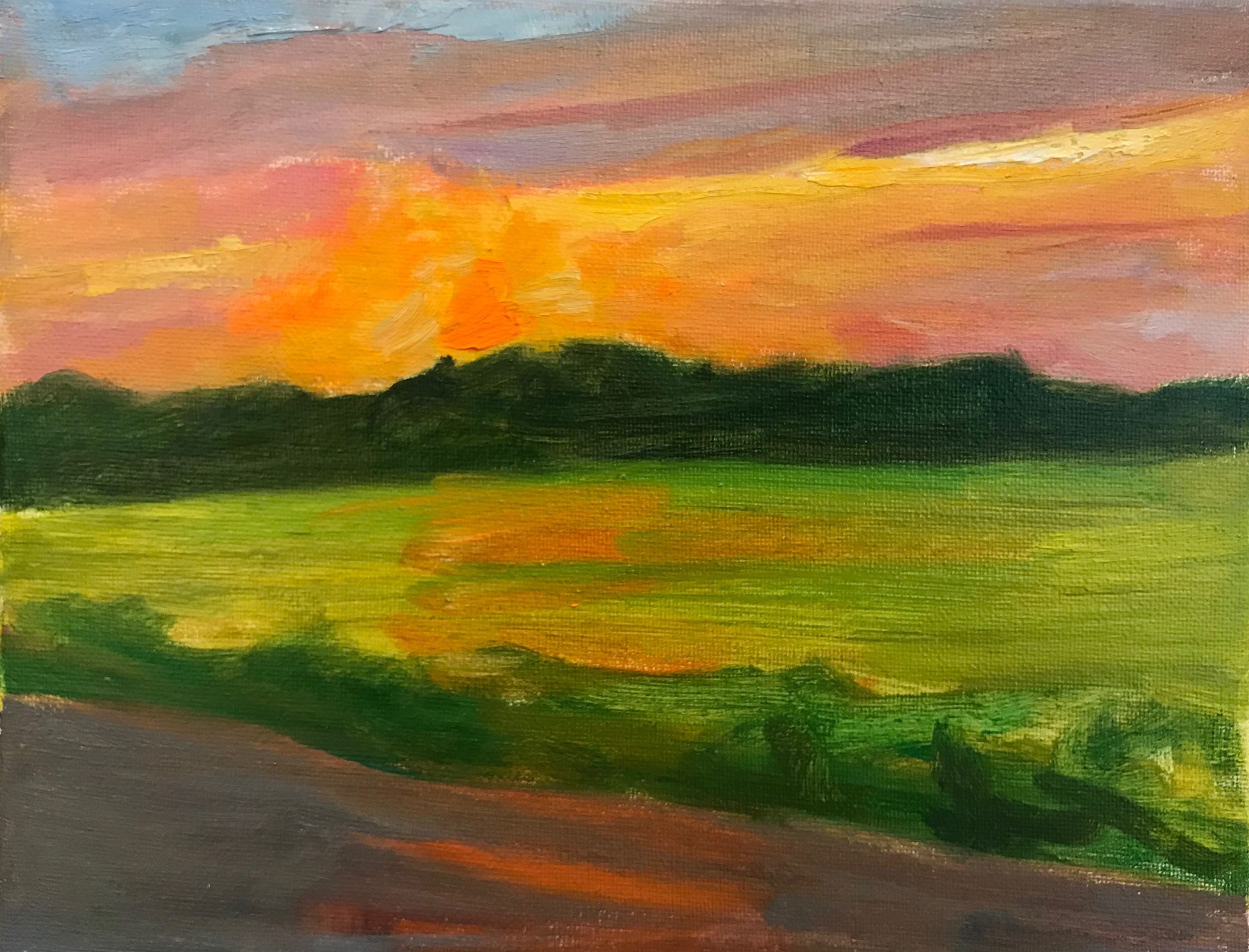“…remember that you are loved…”
I recently got this note from my 12-year-old daughter. She slipped it under my door when I was having a hard day, and boy, did I need it. I thought it was so beautiful, and worthy of its own blog post. Enjoy!
Dear Mom,
I love you a lot and I hope you feel better. Here is some advice: Whenever you are going hard on yourself, and thinking negative things, think about all the good things you have, Love yourself and believe in yourself and your art. Even when you don’t make money you are still a great person and artist, and remember that you are loved, amazing, worthwhile, and an incredible person. I love you sooo much.
Love,
Nell
Here we are four years ago, looking at a Bonnard book together when she was only eight years old. Sharing Wonder: Looking at Art Books With My Daughter was the second blog post I ever wrote!
Mother-Daughter Trip to the Met. This is another older post from 2015. Hopefully Nell and I can go to the Met again soon!
And finally, here is a more recent picture from a couple weeks ago, having a coffee date! I don’t know what I did to deserve such a great kid, but I feel very blessed. I love being a mom and it’s delightful to watch this beautiful person grow and blossom.
Further Reading: “Having an Artist Mom” an essay by Nell Kindle (when she was 9)










